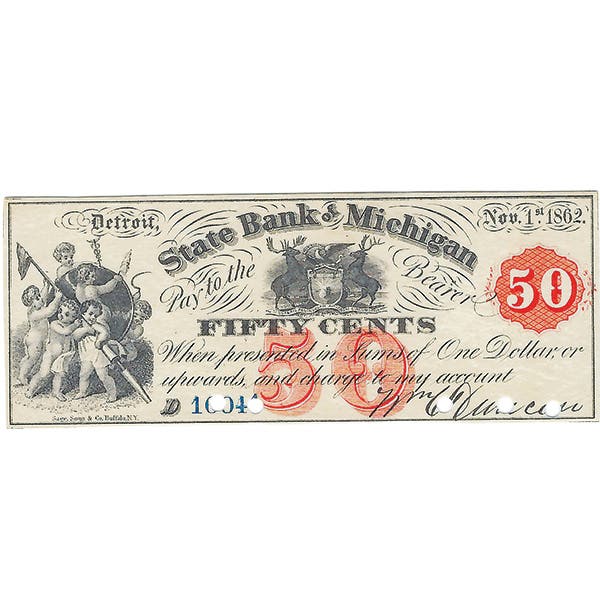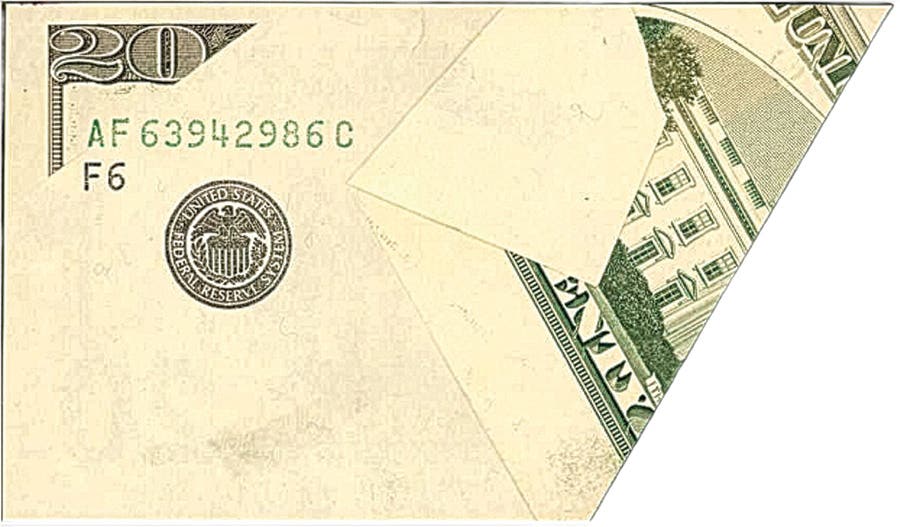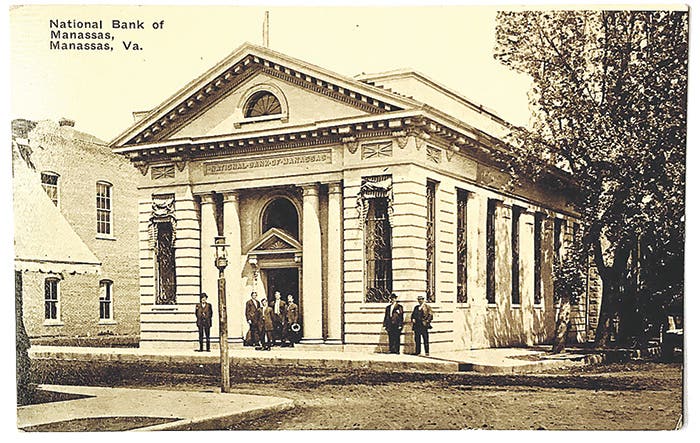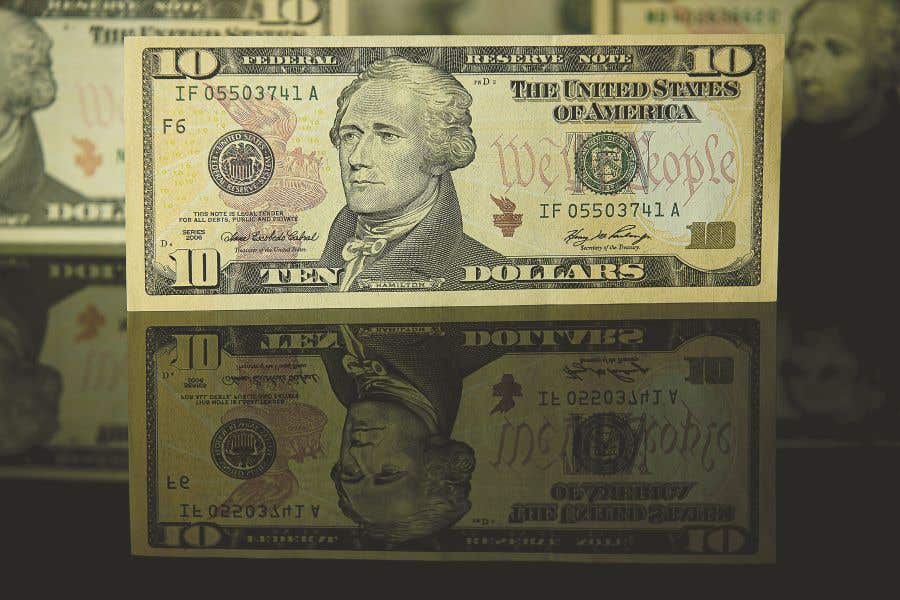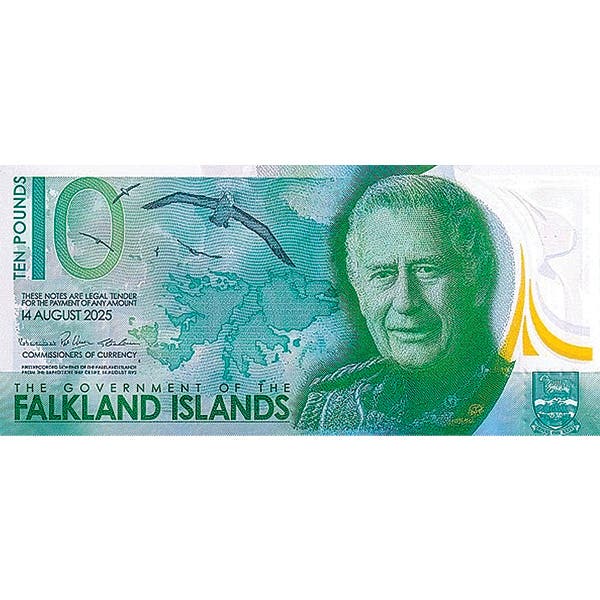An Unusual Panama Canal Check of 1916
The idea of building a waterway through the isthmus of Panama (also one or two other locations being considered) has long been on the minds of various individuals for several…
The idea of building a waterway through the isthmus of Panama (also one or two other locations being considered) has long been on the minds of various individuals for several hundred years. Finally in 1880 the French began the project, only to sell the whole thing to the United States in 1902 after they had realized that the technical level of construction had not developed enough to accomplish such a task.
But that sale occurred in 1902. Why then should the image of a purely 19th century politician appear on a check (10c!) for canal loan interest dated 1916? That portrait was of James Gillespie Blaine, a prominent statesman of the late 1800’s.
Blaine, born in 1830, lived through some momentous years in the history of this nation. He also participated heavily in guiding the country through many of these developmental periods. He was elected to the U.S. House of Representatives during the Civil War in 1863, serving there until 1876. He was then placed in the Senate, where he worked until 1881. At that point, newly elected President Garfield selected him to be the new Secretary of State. Upon Garfield’s assassination that same year, Blaine resigned in December when he found he could not function under the new Democratic administration. He secured the Republican presidential nomination in 1884 and went on to be once more the Secretary of State in 1889, this time for President Harrison.
He occupied this position until 1892, resigning possibly because of deteriorating health or thoughts of trying once more for the presidential nomination. He died early in 1893.
But what did all the above have to do with the canal? I read it as strong in a way, but oblique. Blaine wanted control over any canal to be built in the future to be under total U.S. control. He was also a vigorous Latin-America supporter, deeply involved with establishing and maintaining peaceful relations with the entire group. A 1901 treaty with England finally secured Blaine’s canal desires. Other than that, I have found no other Blaine-canal connection; I suppose this evidence is enough when other factors unknown to me are also considered.
Experimental Piece
Apparently, there was at least one experimental example made as seen here. The stamp was a 5-cent Indiana Territory Sesquicentennial issue, and the metal casing was made of aluminum. Its last known location was in the collection of Bob Byrne. How many of these pieces exist today is not known.




